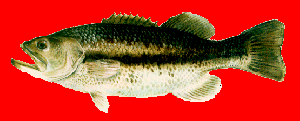Hormones may be administered by feeding, injection or immersion, of which the first two are favoured. Clearly the timing of administration of the hormone during development is crucial. The work of Yamamoto (1969) revealed that androgens, such as 19-nor-ethynyltestosterone and the synthetic analogue methyltestosterone, were the most effective in accomplishing masculinization. Oestrogens, such as oestradiol-17b and ethynyloestradiol, were very effective for feminization. Close to 100% masculinization of cichlids Oreochromis niloticus has been obtained within two weeks by administration of dietary methyltestosterone at 5mg/kg (Pandian and Varadaraj, 1987). This regime produce fertile males which could be used for breeding but were also commercially better as a crop than mixed-sex fish. Even lower concentrations of 1 mg/kg administered for six weeks (Bye and Lincoln, 1986) yielded male rainbow trout which were authentic males with effective sperm ducts. Higher concentrations of hormone yielded male trout which were incapable of being stripped of milt and thus the acquisition of milt from such fish required sacrifice and dissection.
It should be noted that with both ploidy manipulation and hormonally induced sex reversal, the procedure is leaky and fertile fish of both sexes are likely to get through in small numbers.
